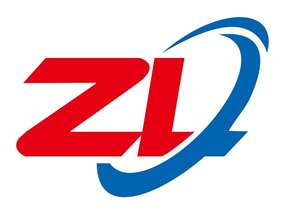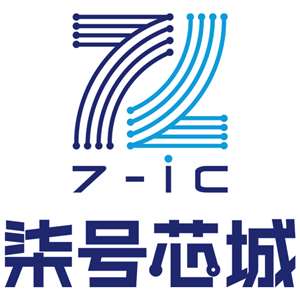PCM1789
Burr-Brown Audio
www.ti.com.............................................................................................................................................................................................. SBAS451–OCTOBER 2008
24-Bit, 192-kHz Sampling, Enhanced Multi-Level ΔΣ,
Stereo, Audio Digital-to-Analog Converter
1
FEATURES
•
•
External Reset Pin
Power Supplies:
2345
•
Enhanced Multi-Level Delta-Sigma DAC:
–
–
–
–
–
–
High Performance: Differential, fS = 48 kHz
THD+N: –94 dB
– 5 V for Analog and 3.3 V for Digital
•
•
Package: TSSOP-24
SNR: 113 dB
Operating Temperature Range:
Dynamic Range: 113 dB
Sampling Rate: 8 kHz to 192 kHz
– –40°C to +85°C
APPLICATIONS
System Clock: 128 fS, 192 fS, 256 fS, 384 fS,
512 fS, 768 fS, 1152 fS
•
•
•
•
•
•
Blu-ray Disc™ Players
DVD Players
AV Receivers
Home Theaters
Car Audio External Amplifiers
Car Audio AVN Applications
–
–
–
Differential Voltage Output: 8 VPP
Analog Low-Pass Filter Included
4x/8x Oversampling Digital Filter:
–
–
Passband Ripple: ±0.0018 dB
Stop Band Attenuation: –75 dB
–
Zero Flags (16-/20-/24-Bits)
DESCRIPTION
•
Flexible Audio Interface:
The PCM1789 is a high-performance, single-chip,
24-bit, stereo, audio digital-to-analog converter (DAC)
with differential outputs. The two-channel, 24-bit DAC
employs an enhanced multi-level, delta-sigma (ΔΣ)
modulator, and supports 8 kHz to 192 kHz sampling
rates and a 16-/20-/24-/32-bit width digital audio input
word on the audio interface. The audio interface of
PCM1789 supports a 24-bit, DSP format in addition
to I2S, left-justified, and right-justified formats.
–
–
I/F Format: I2S™, Left-/Right-Justified, DSP
Data Length: 16, 20, 24, 32 Bits
•
•
Flexible Mode Control:
–
3-Wire SPI™, 2-Wire I2C™-Compatible
Serial Control Interface, or
Hardware Control
–
Connect Up To 4 Devices on One SPI Bus
Multi Functions via SPI or I2C I/F:
The PCM1789 can be controlled through a three-wire,
SPI-compatible or two-wire, I2C-compatible serial
interface in software, which provides access to all
functions including digital attenuation, soft mute,
de-emphasis, and so forth. Also, hardware control
mode provides two user-programmable functions
through two control pins. The PCM1789 is available
in a 24-pin TSSOP package.
–
Audio I/F Format Select: I2S, Left-Justified,
Right-Justified, DSP
–
–
Digital Attenuation and Soft Mute
Digital De-Emphasis: 32 kHz, 44.1 kHz,
48 kHz
–
–
Data Polarity Control
Power-Save Mode
•
•
1
Multi Functions via Hardware Control:
–
–
Audio I/F Format Select: I2S, Left-Justified
Digital De-Emphasis Filter: 44.1 kHz
Analog Mute by Clock Halt Detection
Please be aware that an important notice concerning availability, standard warranty, and use in critical applications of Texas
Instruments semiconductor products and disclaimers thereto appears at the end of this data sheet.
2
3
4
5
Blu-ray Disc is a trademark of Blu-ray Disc Association.
SPI is a trademark of Motorola, Inc.
I2S, I2C are trademarks of NXP Semiconductors.
All other trademarks are the property of their respective owners.
PRODUCTION DATA information is current as of publication date.
Products conform to specifications per the terms of the Texas
Instruments standard warranty. Production processing does not
necessarily include testing of all parameters.
Copyright © 2008, Texas Instruments Incorporated









![]()


![]()
![]()

![]()
![]()

